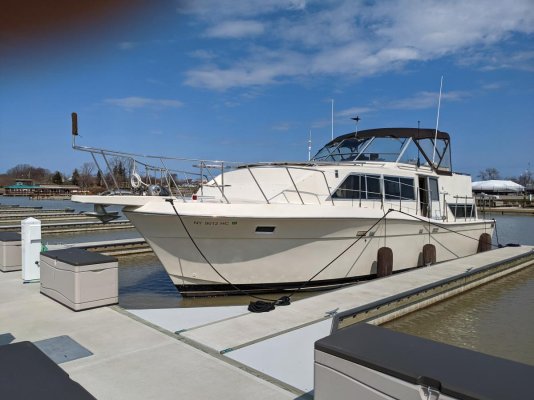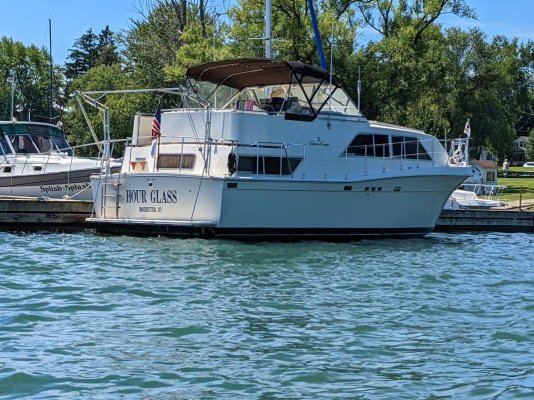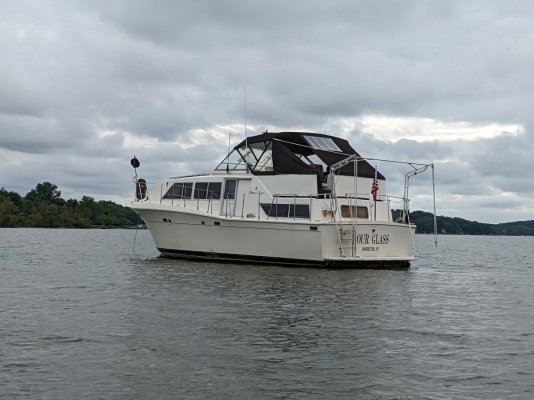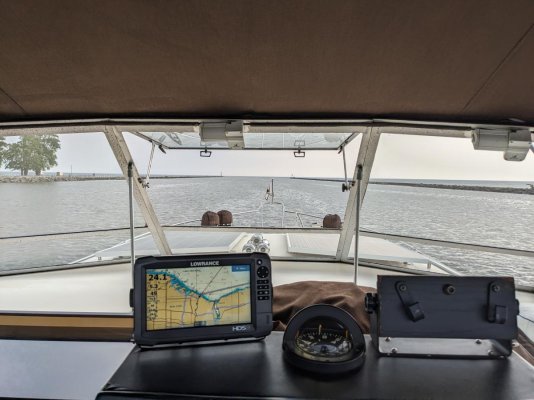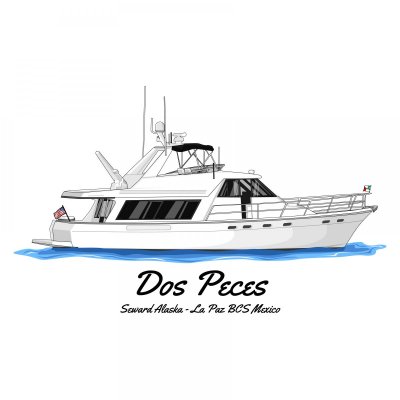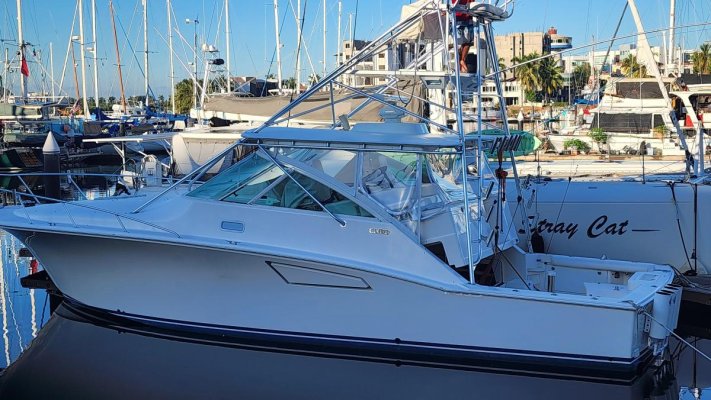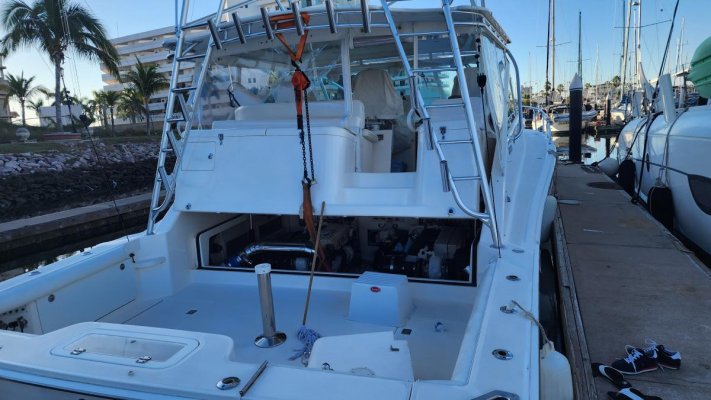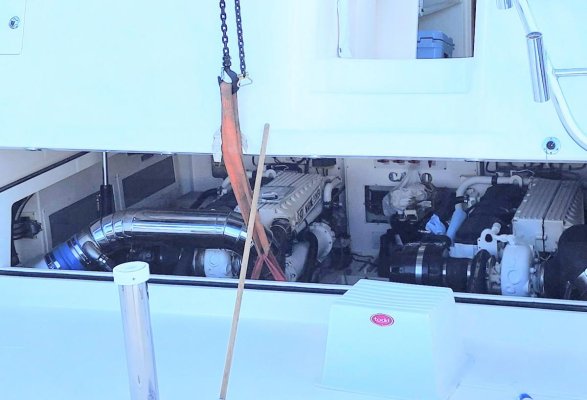Hi Everyone,
I realize this forum is trawler focused, however given the housing and stock market performance its seeming more and more unlikely that I will be unable to afford and operate the trawler that I had planned to retire on.
Our plans for retirement is to spend most of the time in the Bahamas, only coming back to Florida as needed. I have no interest in doing the loop, or crossing the ocean. Once I get to Bahamas, perhaps going south island hopping would be the extent of my travels.
Do you think a semi-displacement type boat would be suitable at all for a liveaboard in the Bahamas? (Operating at trawler speeds though, 6-8knots)
We are a couple close to retirement age, both healthy and no mobility issues. Stairs are preferred, but ladders are fine too.
I have noticed I can get much newer boat in my price range of 250K, for example a Meridian 381, 481 less than 20 years old.
Whereas for the same amount of money to buy a true "trawler" I would be looking at a much older boat, most likely containing lots of wood which I don't want.
I know generally trawlers are better for stability, comfort & space, and if I won the lottery I would already be on a Fleming 55 drinking rum watching the sunset.
I am just wondering if any of you have come across any liveaboards in semi-displacement cruiser style boats?
Specifically in the Bahama's or other Caribbean island?
Appreciate any advice you can offer?
I realize this forum is trawler focused, however given the housing and stock market performance its seeming more and more unlikely that I will be unable to afford and operate the trawler that I had planned to retire on.
Our plans for retirement is to spend most of the time in the Bahamas, only coming back to Florida as needed. I have no interest in doing the loop, or crossing the ocean. Once I get to Bahamas, perhaps going south island hopping would be the extent of my travels.
Do you think a semi-displacement type boat would be suitable at all for a liveaboard in the Bahamas? (Operating at trawler speeds though, 6-8knots)
We are a couple close to retirement age, both healthy and no mobility issues. Stairs are preferred, but ladders are fine too.
I have noticed I can get much newer boat in my price range of 250K, for example a Meridian 381, 481 less than 20 years old.
Whereas for the same amount of money to buy a true "trawler" I would be looking at a much older boat, most likely containing lots of wood which I don't want.
I know generally trawlers are better for stability, comfort & space, and if I won the lottery I would already be on a Fleming 55 drinking rum watching the sunset.
I am just wondering if any of you have come across any liveaboards in semi-displacement cruiser style boats?
Specifically in the Bahama's or other Caribbean island?
Appreciate any advice you can offer?
Last edited:


